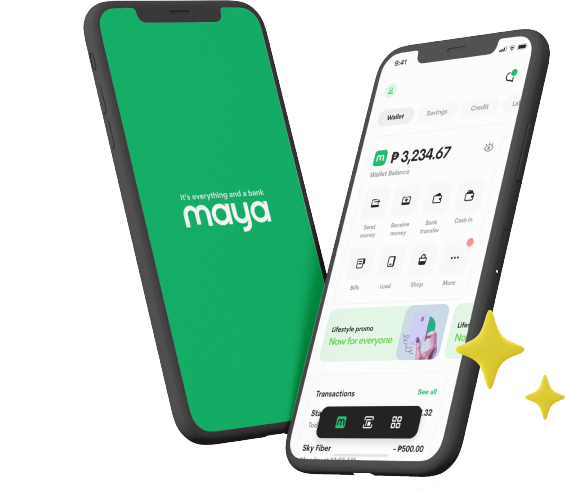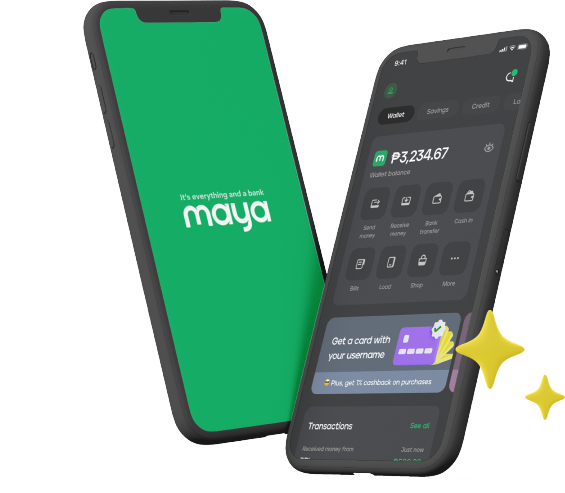
Building a credit portfolio is a crucial step in managing your personal finances effectively. Beyond just having a few credit cards, this rewarding financial project is directed toward creating a well-rounded financial profile for yourself, one that demonstrates your creditworthiness and stellar financial habits. Having a strong credit portfolio will serve you well in case you want to apply for a mortgage, get a car loan, or simply access better financial opportunities.
Here’s a list of what you need to know to build yours effectively.
What Is a Credit Portfolio?
Your credit portfolio is a collection of all your credit accounts, including credit cards, personal loans, and other forms of credit you’ve used. It provides lenders with a snapshot of your financial behavior and helps them assess whether you’re a reliable borrower. There are numerous benefits to having a solid credit portfolio. These include being able to secure better loan terms and higher credit limits, as well as improving your chances of getting approval for new credit products.
Let’s say you’re keen on getting a Maya-powered Landers Cashback Everywhere Credit Card and you want to maximize your chances of a successful credit card application. Maya offers the easiest credit card application in the Philippines for qualified applicants, and you can present yourself as one through your well-curated portfolio of existing lines of credit. By showcasing how financial services providers trust you with loans and credit cards, you can open better financial opportunities for yourself.
Why Does Building a Credit Portfolio Matter?
A well-built credit portfolio opens the door to a variety of financial benefits. Lenders and financial institutions often offer lower interest rates and more favorable terms to borrowers with good credit histories. This can save you money on interest payments over time.
A strong credit portfolio is also essential when applying for larger loans, such as a housing mortgage, a car loan, or a business loan. It shows that you’re capable of managing credit responsibly, which can increase lenders’ confidence in your ability to repay what you owe.
What Is the Value of Your Credit Score?
Your credit score plays a key role in your credit portfolio. This number is the numerical representation of your creditworthiness based on your financial behavior. The higher the number is, the more likely it is that you’ll get approval for a credit product that you are applying for. There are plenty of factors that contribute to your credit score. These include payment history, the amount of credit you use compared to your limits, the length of your credit history, and the types of credit you have all contribute to your score.
In the Philippines, you can check your credit score through one of the several credit bureaus that operate in the country, which include the Credit Information Corporation, the government-mandated central credit registry.
How to Build a Strong Credit Portfolio
Follow these tips to put together a credit portfolio that you can leverage to open doors to better financial products:
Start with a Basic Credit Product
If you’re new to credit, start small. Consider applying for a credit card or taking out a small personal loan. These products are easier to qualify for and can help you establish a credit history.
If you’re considering adding a Landers Cashback Everywhere Credit Card to your list of existing credit products, you can easily apply through the Maya app. It’s a straightforward process:
- Go to the Cards tab and tap Apply Now.
- Enter your Landers membership number.
- Choose a cardholder name.
- Choose a billing date.
- Complete your application and get your credit card details on the Maya app.
The Landers Cashback Everywhere Credit Card gives you up to 5% cashback at Landers, 2% on dining spends, and 1% on all other qualified transactions.*
You can maximize the advantages of this card and your other credit cards by paying your dues in full and on time. Remember that even small credit activities, when managed responsibly, can contribute to building a positive credit profile.
Diversify Your Credit Portfolio
One way of showcasing your aptitude for managing credit products responsibly is by handling a diverse range of credit products. This could include a mix of credit cards, personal loans, and even a car loan, if applicable. Lenders tend to view borrowers with varied credit accounts as more financially experienced.
For example, if you already have a credit card, consider taking out a personal loan or financing a large purchase through an installment plan. Take note, though, that diversification doesn’t mean taking on more debt than you can handle. It’s all about showing that you can manage multiple types of credit successfully.
Manage Credit Responsibly
Good credit management is the backbone of a strong credit portfolio. This means paying your bills on time, keeping your credit card balances low, and avoiding excessive borrowing. Late payments and maxed-out credit cards can quickly damage your credit score and make it harder to build a positive credit profile.
Aim to use no more than 30% of your total credit limit at any given time. This helps maintain a healthy credit utilization ratio, which is a key factor in determining your credit score.
How to Leverage Your Portfolio for Better Financial Opportunities
Once you’ve built a strong credit portfolio, you can use it to access better loan and credit card terms and rates. Lenders are more likely to offer you advantageous terms such as lower interest rates and higher credit limits. You can also use your credit strategically to achieve financial goals, such as purchasing a home or financing a major life event. By demonstrating responsible credit management, you position yourself as a reliable borrower in the eyes of lenders.
Start building your credit portfolio today. Check out Maya’s line of credit cards to see which ones match your current financial situation and future goals.
*Transactions that don’t qualify include: cash in, cash advance, quasi cash purchases, casinos and gambling, fuel, supermarket, pharmaceuticals, utilities, telco, and government.
You might also like
These Stories on Maya Bank




